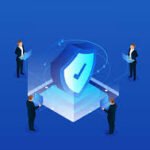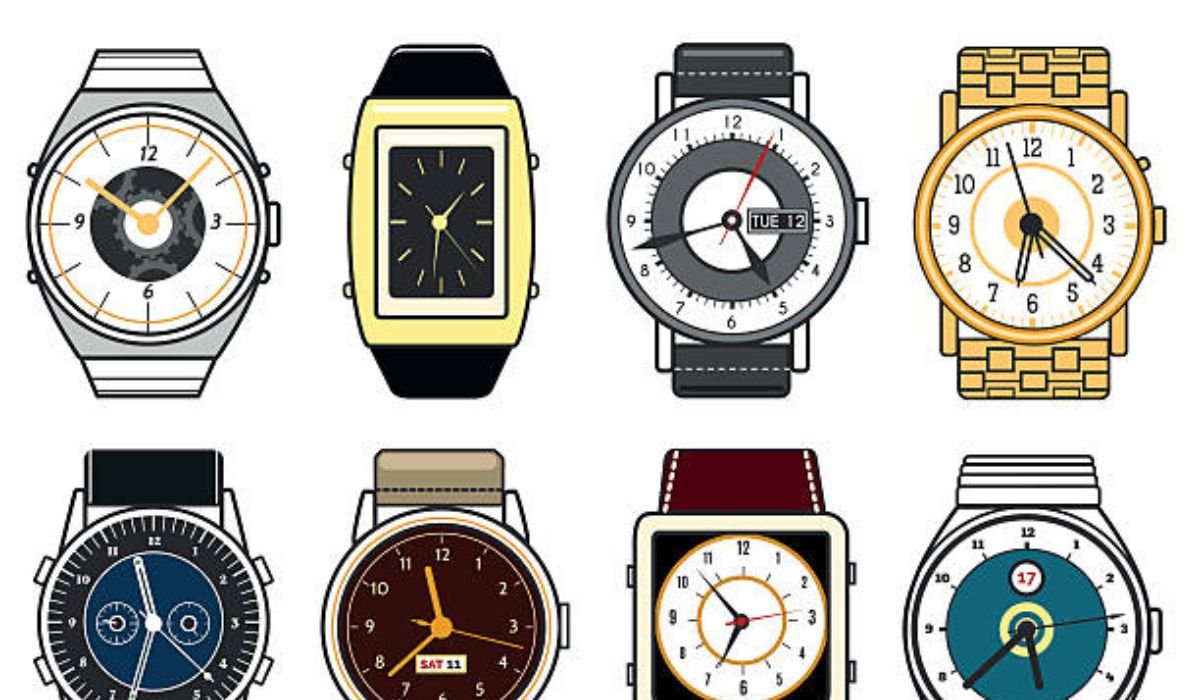Voice recognition has come a long way from the early days of clunky, error-prone software that struggled to understand even the clearest of voices. Today, thanks to artificial intelligence, machines can process human speech with remarkable precision, even when it comes with a variety of accents. Accent detection technology represents one of the most significant leaps in this area, enabling AI systems to recognize, interpret, and adapt to diverse speech patterns across regions, languages, and cultures. From communication tools to accessibility support, its applications are vast and increasingly impactful. Whether it’s improving call center interactions or enabling smoother cross-border collaboration, technologies such as an AI accent changer solution are reshaping how we communicate in a globally connected world.
Enhancing Customer Support and Global Communication
In the world of customer support, clear communication is everything. When customers and representatives speak different dialects or accents, even minor misunderstandings can lead to frustration or lost business. Accent detection technology helps bridge that gap by automatically identifying speech patterns and adapting responses accordingly.
For instance, AI systems can adjust voice assistants or call routing software to better match the linguistic nuances of a caller’s accent. This ensures that automated systems understand the speaker accurately and that live agents are better equipped to respond appropriately. In multinational companies, where teams span continents, this technology makes internal communication smoother, reducing the friction that sometimes arises from varied pronunciations and speech rhythms.
By making spoken communication more accessible and efficient, accent-aware systems are becoming essential for global businesses that rely on voice-based customer service.
Empowering Language Learning and Education
Language learning platforms are also benefiting greatly from accent detection technology. One of the biggest challenges for learners is achieving accurate pronunciation. Traditional methods rely on human instructors, but AI-powered pronunciation tools can now evaluate speech in real-time, detect accent variations, and provide instant feedback.
Imagine a Spanish learner from Japan or a French learner from Brazil—their accents and native language influences differ dramatically. Accent detection algorithms identify where their speech deviates from the target accent and guide them to improve specific sounds or intonations.
Platforms like Duolingo and other educational technology providers are already exploring adaptive learning models where feedback adjusts to each user’s natural accent. This creates a more inclusive and personalized learning experience that encourages progress rather than penalizing difference.
Improving Accessibility for Speech Recognition Systems
For voice recognition systems—such as those used in virtual assistants, dictation software, or transcription tools—accent detection is critical. Historically, these systems performed well for “standard” accents but faltered when exposed to regional or non-native speech. Accent detection allows AI models to identify the speaker’s accent and switch to an optimized recognition mode, improving accuracy across linguistic backgrounds.
This capability is especially valuable in accessibility tools for individuals with speech impairments or those whose accents are influenced by medical or neurological conditions. By analyzing subtle differences in tone and pronunciation, AI can tailor its responses or suggestions to meet users’ unique needs.
Moreover, as speech technology becomes central to daily life—from smart homes to wearable devices—making it universally effective ensures that no group is excluded from the convenience and efficiency of voice-driven interaction.
Advancing Law Enforcement and Forensic Analysis
Accent detection has also found a role in law enforcement and security. Forensic linguistics, a field that examines speech patterns for investigative purposes, now uses accent recognition to analyze audio evidence. Detecting an accent can provide valuable clues about a speaker’s origin, region, or background, helping narrow down leads in criminal or intelligence investigations.
When paired with voice biometrics, which identifies individuals based on their vocal characteristics, accent detection enhances the reliability of voice-based identification. While ethical considerations are vital in this context, responsible use of the technology can support efforts to ensure accuracy in critical situations where every detail counts.
Supporting Cross-Cultural Entertainment and Media
The entertainment industry is also embracing accent-aware technology. In voice acting, dubbing, and automated translation for film or video games, AI can adjust synthetic voices to match regional accents authentically. For example, a movie dubbed for audiences in India, Australia, or the UK can include accent-specific voice models that make dialogue sound more natural and engaging.
Music streaming and podcast platforms are even experimenting with regional accent detection to improve content recommendations. For instance, identifying a user’s accent might help algorithms suggest local artists or relevant cultural content, enriching the listening experience and fostering diversity in global media consumption.
Revolutionizing Workplace Collaboration and Remote Work
With remote work now the norm for many industries, teams frequently span multiple time zones and languages. Accent detection and modification tools play a key role in creating clearer communication in video calls, training sessions, and presentations. AI systems can not only transcribe speech accurately but also reduce miscommunication caused by varying accents.
Some companies use real-time speech processing to subtly adjust accents for clarity without erasing individuality. This approach allows every team member to feel heard and understood, promoting inclusivity in a digital workspace. It’s not about standardizing voices—it’s about enhancing understanding in diverse professional environments.
Driving Inclusivity in Artificial Intelligence
Perhaps one of the most meaningful impacts of accent detection technology lies in how it challenges bias in AI systems. Historically, many speech models were trained primarily on data from specific linguistic groups, resulting in poor performance for underrepresented accents. Today, improved data diversity and accent recognition are making AI more equitable.
By incorporating varied speech samples, AI models become more culturally aware and perform better across global contexts. This shift not only improves user satisfaction but also promotes fairness in how technology interacts with people from different regions.
Organizations such as the Partnership on AI advocate for inclusive training datasets and ethical development practices, ensuring that accent detection enhances human connection rather than reinforcing stereotypes or exclusion.
The Future of Accent-Aware Technology
As technology evolves, the potential of accent detection will only expand. We’re moving toward a world where AI can seamlessly adapt to human diversity rather than expecting humans to adapt to machines. From global education to healthcare communication and beyond, accent recognition is breaking down barriers that once separated cultures and voices.
Ultimately, the beauty of accent detection technology lies not just in what it can do, but in what it represents—a recognition that every voice, no matter where it comes from, deserves to be understood clearly and respectfully.
You May Also Read: AI Insights DualMedia: The Secret to Content That Actually Connects











